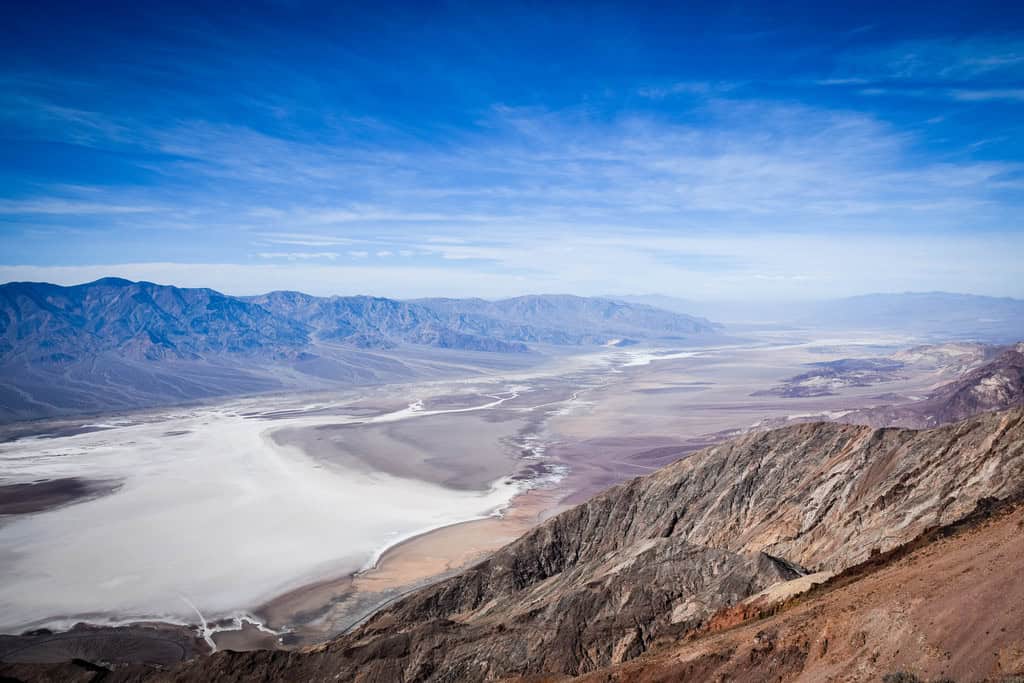
Death Valley, located in eastern California within the Mojave Desert, is one of the most extreme and fascinating landscapes on Earth. Known for its scorching temperatures, dramatic terrain, and unique ecological and geological features, Death Valley National Park is a place of stark beauty and scientific intrigue. This article explores the various aspects of Death Valley, from its harsh environment and diverse ecosystems to its rich cultural history and recreational opportunities.
Geographical and Climatic Extremes
Death Valley is the hottest, driest, and lowest national park in the United States. Badwater Basin, the lowest point in North America, lies at 282 feet (86 meters) below sea level. In contrast, Telescope Peak, the highest point in the park, rises to 11,043 feet (3,366 meters). This vast elevation range creates a diverse array of habitats and microclimates within the park.
The park is infamous for its extreme temperatures. On July 10, 1913, the Furnace Creek area recorded a temperature of 134 degrees Fahrenheit (56.7 degrees Celsius), the highest air temperature ever recorded on Earth. Summer temperatures often exceed 120 degrees Fahrenheit (49 degrees Celsius), making Death Valley one of the hottest places on the planet. Despite the intense heat, winter months can bring cooler temperatures, with occasional snowfall at higher elevations.
Death Valley’s arid climate is due to its location in the rain shadow of the Sierra Nevada mountains. The prevailing westerly winds lose their moisture as they rise over the mountains, leaving little precipitation for the valley below. Annual rainfall averages less than 2 inches (5 centimeters), contributing to the park’s desolate and stark landscape.
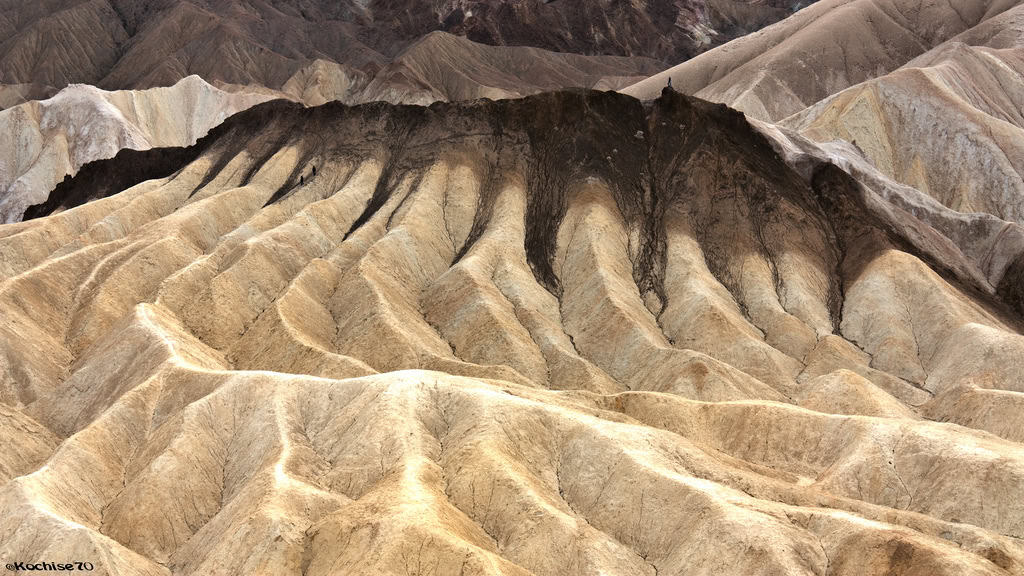
Geological Wonders
The geology of Death Valley is as varied as it is fascinating. The valley is a graben, a type of rift valley formed by the sinking of land between two parallel faults. This geological activity is driven by the stretching and thinning of the Earth’s crust. The dramatic landscape includes sand dunes, salt flats, badlands, canyons, and mountain ranges, each telling a story of geological processes that have shaped the region over millions of years.
One of the most iconic features of Death Valley is the Racetrack Playa, a dry lakebed famous for its moving rocks. These “sailing stones” leave long trails in the mud, although the exact mechanism was a mystery for decades. Recent research has shown that a combination of freezing and thawing cycles creates a thin layer of ice that allows the rocks to be pushed by light winds, slowly moving them across the playa.
Badwater Basin, covered in a thick crust of salt, is a striking and otherworldly landscape. The salt flats are the remnants of ancient Lake Manly, which dried up thousands of years ago. The white salt crust creates a stark contrast against the surrounding mountains, providing a surreal visual experience.
Zabriskie Point offers panoramic views of the park’s badlands, characterized by colorful, eroded hills. These formations are composed of sediments from the ancient Furnace Creek Lake, which existed during the Pleistocene epoch. The interplay of light and shadow on the undulating terrain creates a mesmerizing and ever-changing spectacle.
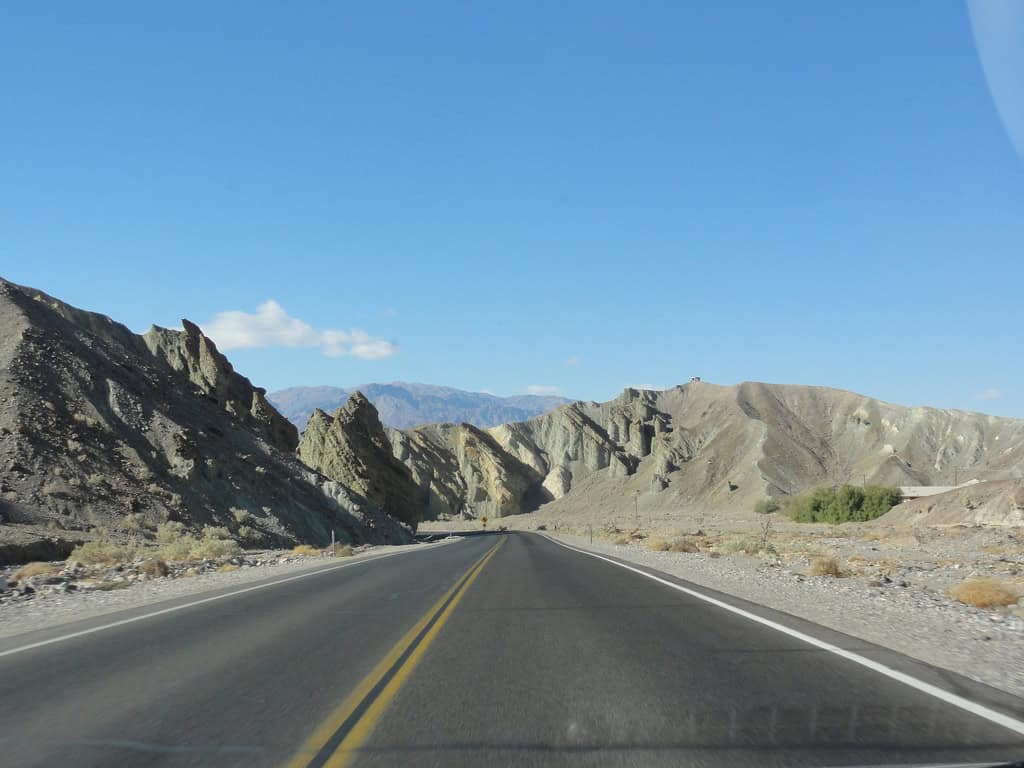
Ecological Diversity
Despite its harsh conditions, Death Valley supports a surprising amount of life. The park is home to over 1,000 species of plants, including a number of endemics found nowhere else in the world. Desert-adapted plants such as creosote bush, mesquite, and cacti dominate the landscape. In years of sufficient rainfall, usually during the spring, the valley can explode into a vibrant display of wildflowers, attracting visitors from around the globe.
The park’s fauna is equally diverse, with species adapted to survive in the extreme environment. Mammals such as the desert bighorn sheep, kit fox, and kangaroo rat are commonly found. Reptiles, including various lizards and snakes, thrive in the hot, dry conditions. Death Valley also hosts a variety of bird species, with migratory birds visiting during cooler months.
Aquatic life exists in the park’s rare springs and oases. The Devil’s Hole pupfish, found only in a single, deep water-filled cavern in the park, is one of the world’s rarest fish. This tiny fish has adapted to the warm, oxygen-poor waters, illustrating the remarkable resilience of life in extreme environments.
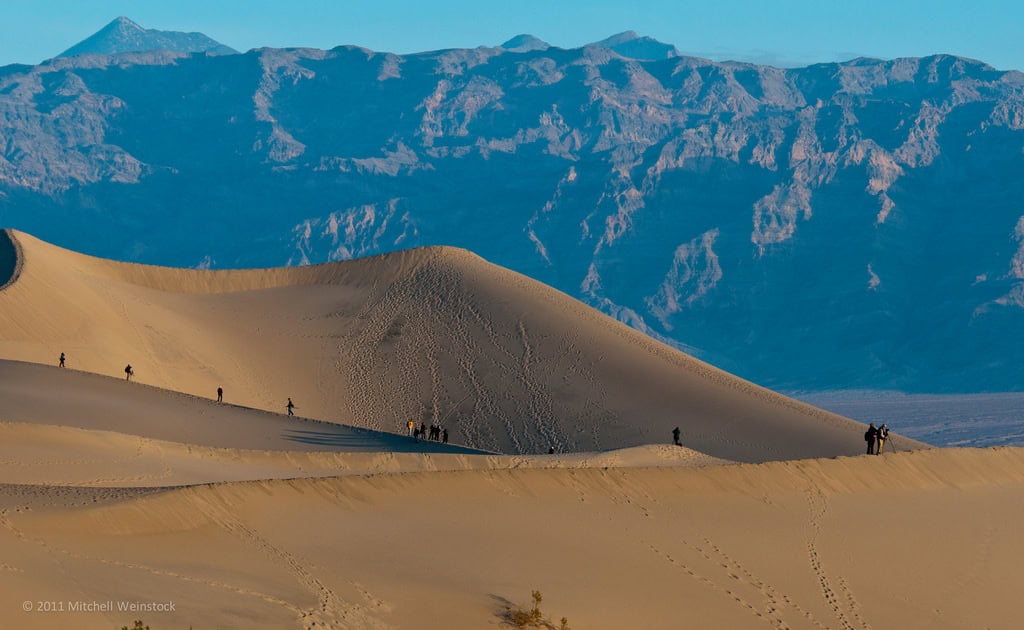
Historical and Cultural Significance
Death Valley has a rich cultural history, with evidence of human habitation dating back at least 10,000 years. The Timbisha Shoshone people have lived in the region for centuries, using the valley’s resources to sustain their way of life. They called the area “Tüpippüh,” meaning “Rock Paint,” due to the region’s colorful geology.
European-American exploration of Death Valley began in the mid-19th century during the California Gold Rush. The ill-fated Bennett-Arcane party, part of the larger group known as the 49ers, famously struggled to cross the valley in 1849. After enduring harsh conditions and near starvation, the survivors dubbed the area Death Valley.
The discovery of borax in the late 19th century brought industrial activity to the valley. Borax, also known as “white gold,” was mined and transported out of the valley using the famous 20-mule teams. The Harmony Borax Works, now a preserved historic site, offers insight into this period of the valley’s history.
Death Valley was declared a national monument in 1933 and later designated as a national park in 1994. This status has helped protect its unique landscapes and cultural heritage from development and exploitation, ensuring that future generations can appreciate its beauty and history.
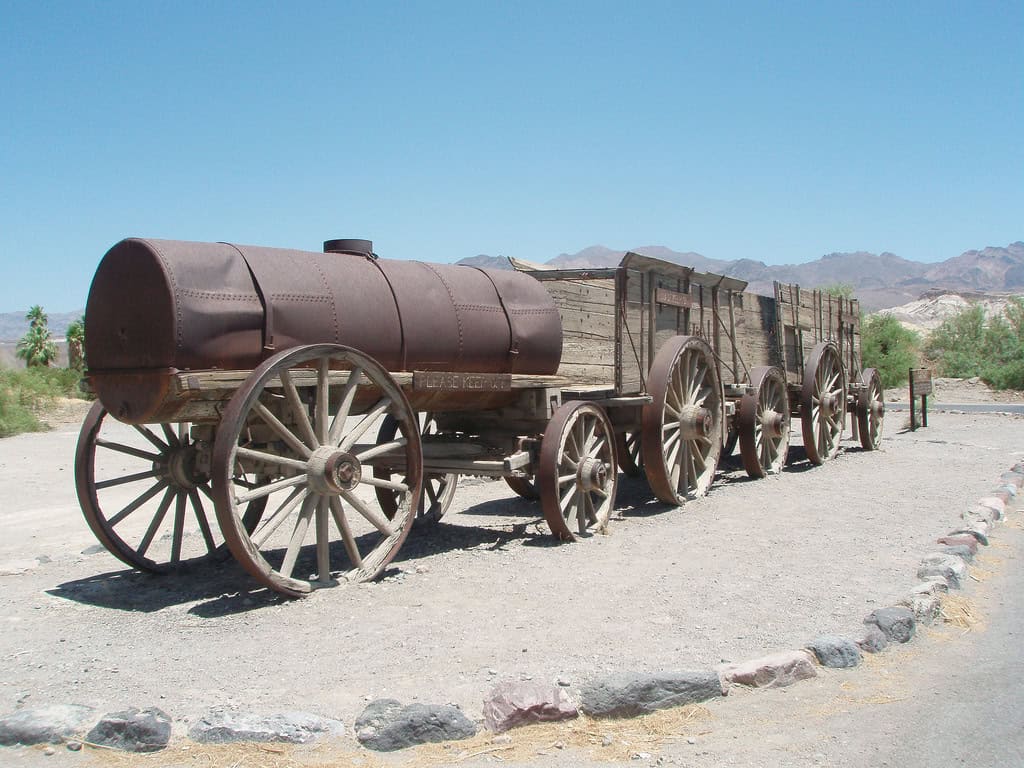
Conservation and Environmental Challenges
Conservation efforts in Death Valley National Park focus on preserving its unique ecosystems and cultural sites. The National Park Service (NPS) manages the park with an emphasis on maintaining its natural and historical integrity while providing opportunities for public enjoyment and education.
One of the primary environmental challenges facing Death Valley is climate change. Rising temperatures and altered precipitation patterns can impact the park’s delicate ecosystems and water resources. The NPS monitors these changes and implements strategies to mitigate their effects, such as protecting springs and managing invasive species.
Visitor impact is another concern. While the park’s remote location and harsh climate naturally limit the number of visitors, popular areas can still experience significant wear and tear. The NPS encourages responsible tourism practices, including staying on designated trails, minimizing waste, and respecting wildlife.
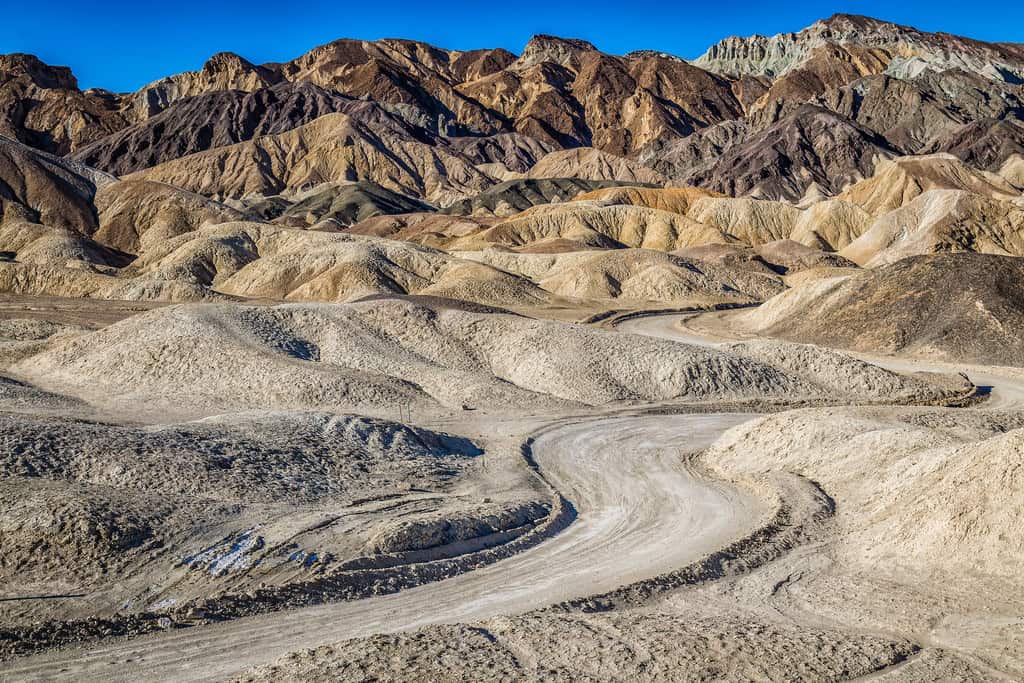
Recreational Opportunities
Despite its reputation for extreme conditions, Death Valley offers a wide range of recreational activities for visitors. Hiking is one of the most popular pursuits, with trails ranging from short walks to challenging backcountry routes. The Golden Canyon Trail, Mosaic Canyon, and the hike to Telescope Peak are just a few examples of the diverse hiking opportunities available.
Camping is another popular activity, with several campgrounds offering a chance to experience the valley’s tranquility and stunning night skies. Furnace Creek Campground provides modern amenities, while more remote sites like Emigrant and Mahogany Flat offer a more rugged experience.
Death Valley’s clear, dark skies make it an ideal location for stargazing. The park is designated as a Gold Tier International Dark Sky Park, providing exceptional opportunities to observe celestial phenomena. Ranger-led astronomy programs and night sky festivals are held regularly, allowing visitors to explore the universe from one of the best vantage points on Earth.
Photography enthusiasts are drawn to Death Valley’s dramatic landscapes and unique lighting conditions. Sunrise and sunset are particularly magical times, casting long shadows and highlighting the valley’s vivid colors. Iconic spots like Zabriskie Point, Dante’s View, and Mesquite Flat Sand Dunes offer unparalleled photographic opportunities.
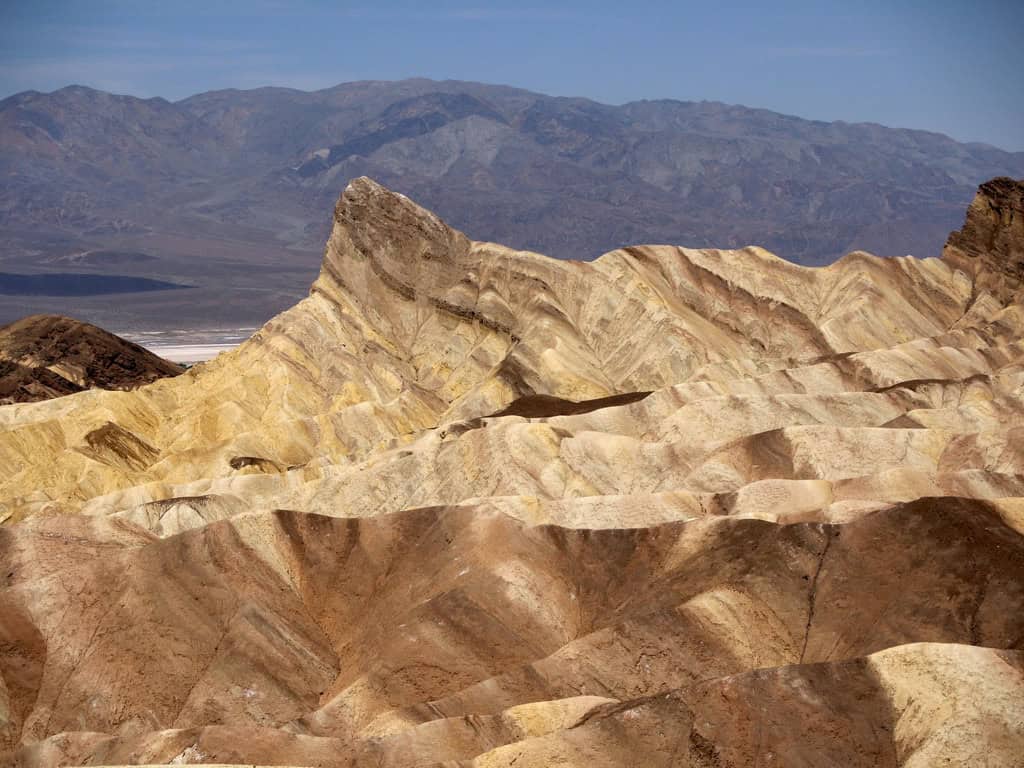
Visitor Facilities and Education
Death Valley National Park is equipped with facilities designed to enhance the visitor experience. The Furnace Creek Visitor Center serves as the main hub for information, exhibits, and educational programs. Interactive displays cover the park’s geology, ecology, and history, while park rangers are available to provide guidance and answer questions.
The visitor center also features a theater where visitors can watch an introductory film about the park. This film provides an overview of Death Valley’s natural wonders and the importance of preserving this unique landscape.
Educational programs are a cornerstone of the park’s mission. The NPS offers a variety of ranger-led programs, including guided hikes, geology talks, and wildlife presentations. These programs are designed to educate visitors about the park’s unique features and promote environmental stewardship.
For those who prefer self-guided exploration, the park has numerous interpretive trails and informational signs that provide context and background on the park’s geology, ecology, and cultural history. The Scenic Drive, which traverses the park from east to west, features several viewpoints and overlooks that offer panoramic vistas of the valley’s diverse landscapes.
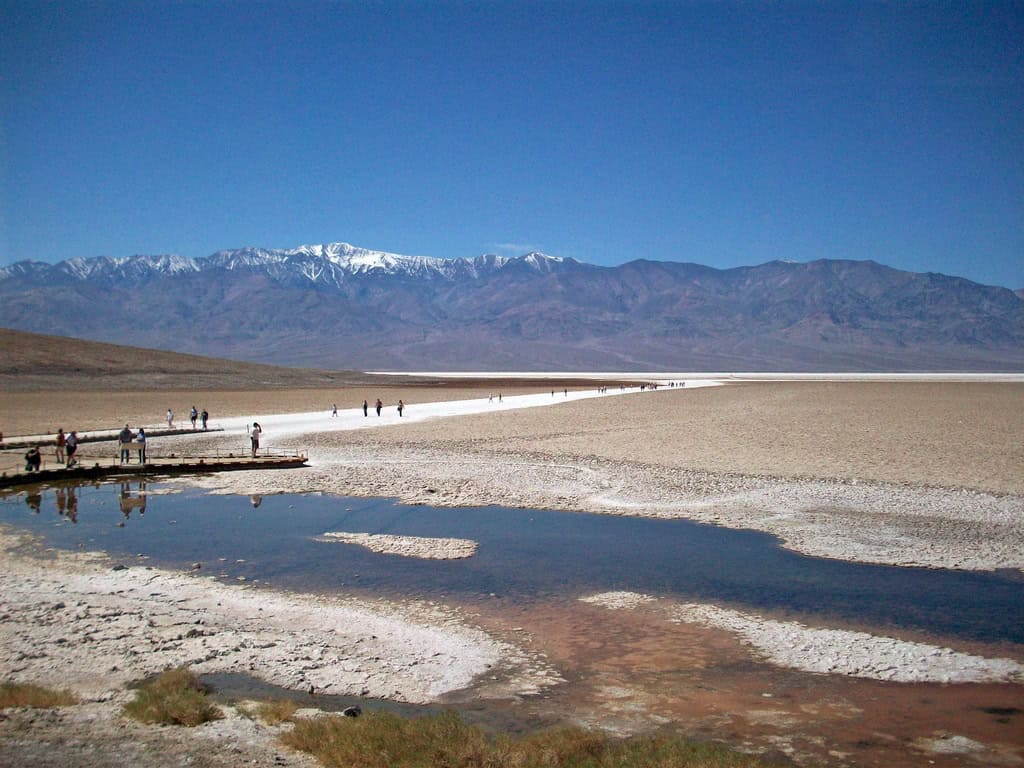
The Broader Impact of Death Valley
Death Valley’s significance extends beyond its borders. The park is part of the Mojave and Colorado Deserts Biosphere Reserve, designated by UNESCO to promote conservation and sustainable development. This recognition highlights the global importance of Death Valley’s unique ecosystems and geological features.
The park’s commitment to conservation and education serves as a model for other protected areas. By promoting sustainable tourism and fostering an appreciation for the natural world, Death Valley helps to inspire a broader awareness of environmental issues and the importance of preserving our planet’s natural heritage.
Death Valley National Park is a testament to the resilience and beauty of nature in its most extreme form. Its record-breaking temperatures, dramatic landscapes, and rich cultural history make it a destination of unparalleled wonder. Through ongoing conservation efforts and educational programs, the park continues to protect and share its unique landscapes with visitors from around the world.
As we look to the future, the preservation of Death Valley’s natural and cultural resources remains a priority. By embracing sustainable practices and fostering a deep respect for the environment, we can ensure that this natural wonder continues to inspire and captivate future generations. Death Valley stands as a symbol of our shared responsibility to protect and cherish the natural world, reminding us of the delicate balance that sustains life on Earth.